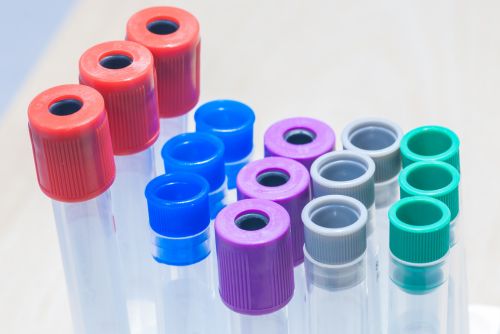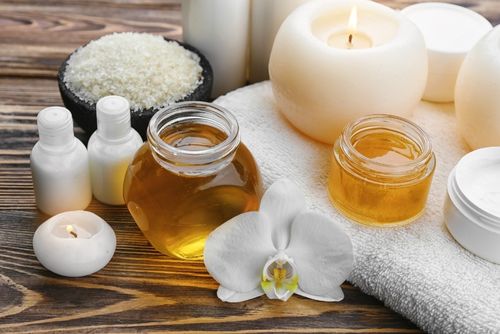Be healthy with the latest information and tips on diet, nutrition, and natural medicine!
What You Need To Know About Alaskan Black Cod
Dive into the icy waters of Alaska’s vast wilderness as we explore one of the ocean’s most tantalizing secrets: the Alaskan black cod. This remarkable fish, also known as sablefish, is not just another item on your seafood platter. This fish navigates the depths of the North Pacific Ocean. It carries a rich history, intriguing biology, and unparalleled taste that chefs and foodies around the globe covet. What do you need to know about this extraordinary fish? Let’s peel back the layers of this elusive species to reveal why it’s considered the butter of the sea. It’s Not Actually Cod! Despite its name, Alaskan black cod is different than cod; it’s technically a sablefish. This naming confusion stems from historical and colloquial usage rather than accurate biological classification. True cod species, such as Atlantic cod and Pacific cod, belong to the family Gadidae and are known for their importance in the fishing industry and culinary world. In contrast, Alaskan black cod belongs to the family Anoplopomatidae and occupies a different niche within the marine ecosystem. This significant distinction reflects differences in habitat, behavior, and physical characteristics between true cods and Alaskan black cod. The latter’s deep-sea lifestyle, higher fat content, and softer flesh texture set it apart from its namesake. It’s Got Culinary Versatility Alaskan black cod pairs beautifully with a wide range of seasonings and cooking methods, whether grilled, smoked, broiled, or poached. This fish holds up well and absorbs flavors beautifully. It shines particularly well in dishes with bold Asian influences! Try the famous miso-marinated black cod, a dish that melds seamlessly with complex flavors. It Boasts Nutritional Benefits Omega-3 fatty acids are crucial for heart health, brain function, and reducing inflammation; they are plentiful in Alaskan black cod! Additionally, this fish is a great source of high-quality protein, vitamins, and minerals. Incorporating black cod into your diet can offer numerous health benefits, aligning with a balanced and wholesome lifestyle. It’s Got a Taste All Its Own Alaskan black cod is renowned for its rich, buttery flavor. Its white meat is velvety smooth, with a delicate flakiness that melts in your mouth. This luxurious texture and sweet, mild taste make it highly sought after, especially for those who appreciate the finer nuances of seafood dining. It’s Fished Sustainably Harvested from the cold, clear waters of the Gulf of Alaska, this species is managed under strict regulations designed to protect the population. Anglers typically use longline methods, which involve baiting multiple hooks on a single line, to catch black cod. This technique minimizes bycatch, aligning with efforts to maintain ecological balance and support responsible fishing practices. Alaskan black cod offers a rich flavor as well as health benefits. By understanding what you need to know about its unique characteristics, you gain a deeper appreciation for what ends up on your plate and for the intricate balance of marine ecosystems.












